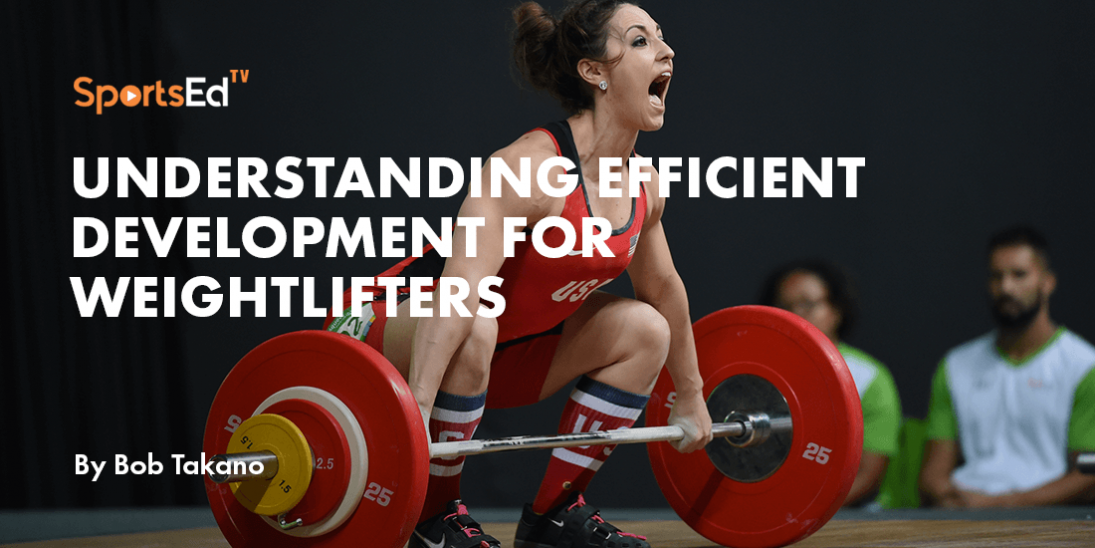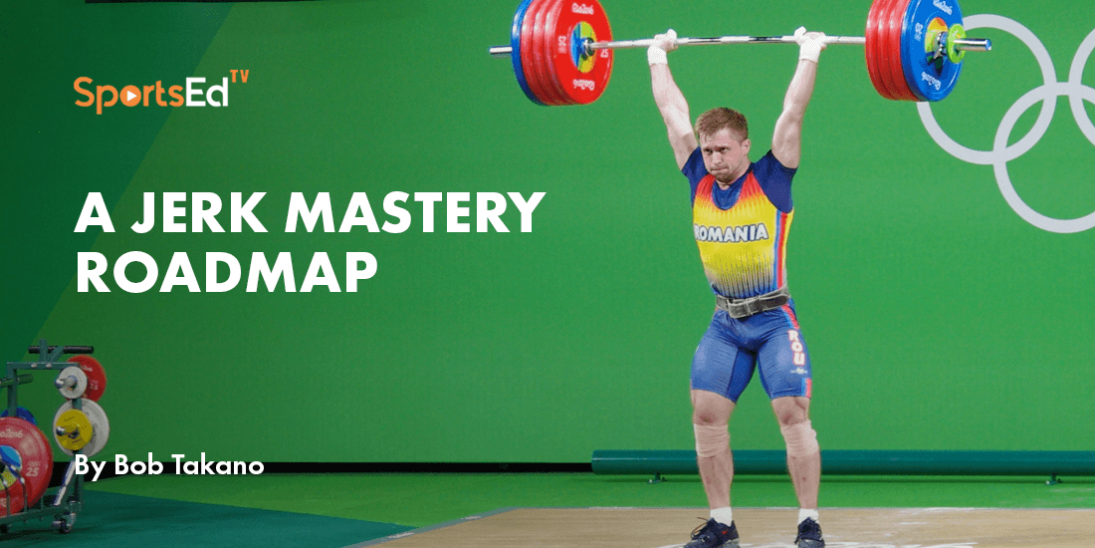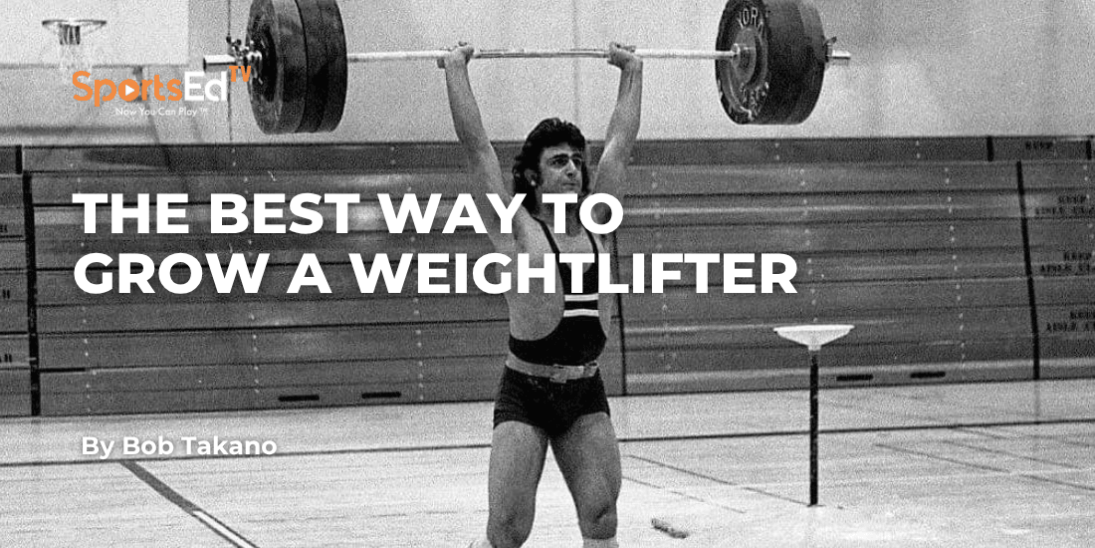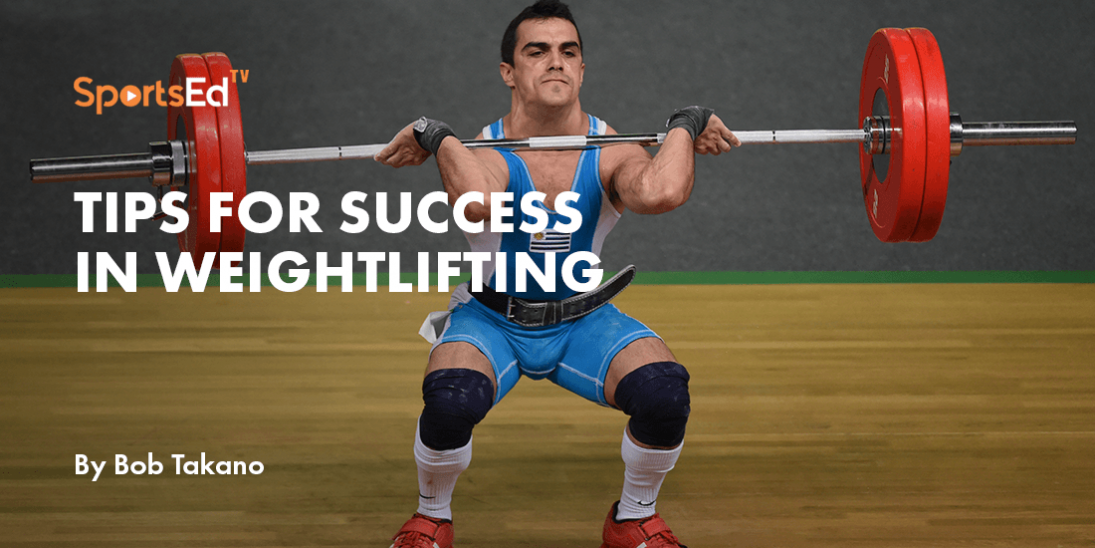Weightlifting
Welcome and thanks for visiting...

Understanding Efficient Development for Weightlifters

This article is written for those individuals who want to become the best possible weightlifters they can be. While the advice might be helpful to athletes with other goals, the specific audience I’ve just described is my target.
Misconceptions about the Sport
While the sport is often characterized as a test of absolute strength (Who can lift the most weight), it is actually a test of relative strength (Who can lift the most weight while weighing in within the upper and lower limits of a bodyweight class). The quest then becomes one of determining the most efficient body configuration. Any structures that increase the body's mass without improving its ability to lift more weight make the athlete less efficient.
A Case Study: The 76 kg Class Female Lifter
As an example, let’s take a female lifter in the 76 kg class. She must weigh more than 71 kg, but not over 76. For this example’s sake, let's say that she can clean & jerk a maximum of 120 kg, but her maximum back squat is 180. Every weight that she cleans, she can stand up to it easily. So, the question is whether or not she should continue to squat in the same developmental pattern and add more musculature to the legs and hips when that is not the limiting factor. Getting greater leg development is actually making her less efficient.
Identifying the Limiting Factor
Therefore, she and her coach need to determine what is the limiting factor in her clean &; jerk. It could be technical, lack of speed, or insufficient muscle for the jerk. Whatever the case, that is what must be addressed in the further development of her body.
Addressing Programming Issues
So now, this becomes a programming issue. One issue to be considered is whether or not the athlete is developing muscle mass that is not productive in the performance of the snatch and clean &; jerk. Some athletes like to perform bodybuilding movements for personal satisfaction, but that does not contribute to greater weightlifting proficiency. The coach needs to evaluate the training and make adjustments to improve the efficiency of the lifter’s body.
Evolving Training Needs
This process, however, of regularly evaluating and adjusting the training is a moving target. A few years later, the lifter in our example may successfully address the limiting factor and now finds that standing up with maximum cleans is much more challenging. In that case, the training load and strategy for the squat may have to be once again modified.
Personal Experience and Adjustments
I once had a lifter whose natural leg strength was so great that I only had him perform squats twice in one training year. I later had to re-introduce more squatting into his training, not because his legs were not sufficiently strong but because he was not getting enough isometric work for his spinal erectors.
The Ongoing Process of Weightlifter Development
So, the major point of this piece is that developing a weightlifter is an ongoing process with adjustments being required along the way. A lifter may be in a certain state after a couple of years of training but in a much different state after five years of training. Adjustments in programming will govern all of these changes.








